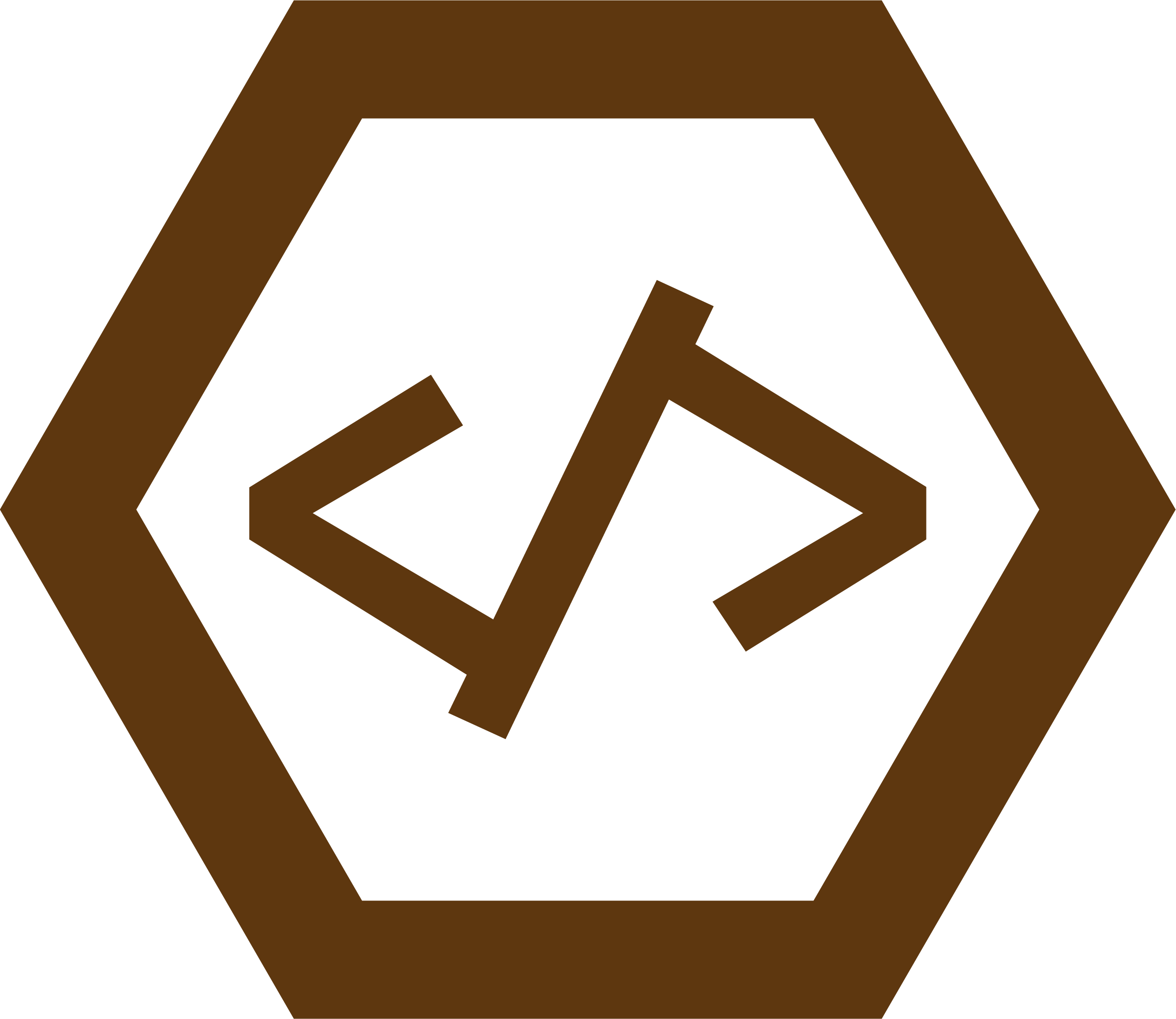In recent years, choropleth maps have become increasingly popular, as they provide an easy-to-understand representation of complex data in a clear and concise manner. A choropleth map is a type of thematic map where areas are colored or patterned according to the value of a particular variable. One of the challenges in creating these maps is the need to add labels, which can help users understand the information being represented. In this article, we’ll explore a solution for adding labels to choropleth maps using Python.
Adding labels to choropleth maps using Python
A common library for creating choropleth maps in Python is GeoPandas, which allows users to create and manipulate geospatial data. GeoPandas extends the popular pandas library by providing data structures specifically designed for working with geographic data. To add labels to a choropleth map created with GeoPandas, you can use the matplotlib library, a widely used data visualization library in Python.
Step-by-step guide to adding labels to a choropleth map in Python
In this section, we’ll walk through the process of adding labels to a choropleth map using Python and the GeoPandas and matplotlib libraries. Follow these steps:
1. First, import the necessary libraries:
import geopandas as gpd import matplotlib.pyplot as plt
2. Read the shapefile that contains the geographic boundaries you want to use in the choropleth map:
data = gpd.read_file('path/to/your/shapefile.shp')
3. Create a choropleth map using the `plot` method from GeoPandas:
ax = data.plot(column='variable', cmap='coolwarm', legend=True)
Where `’variable’` represents the column from your data you want to represent in the choropleth map, and `’coolwarm’` is the color palette. You can customize the color palette by selecting other options from the matplotlib color schemes.
4. Add labels to the choropleth map using the `annotate` function from matplotlib:
for x, y, label in zip(data.geometry.centroid.x, data.geometry.centroid.y, data['variable']):
ax.annotate(label, xy=(x, y), xytext=(x, y), color='black', fontsize=8)
Here, we’re iterating through the centroid of each polygon in the GeoDataFrame and adding the label (value of the variable) at that position.
5. Finally, show the choropleth map with labels:
plt.show()
Understanding GeoPandas and matplotlib
- GeoPandas: GeoPandas is a powerful library that makes working with geospatial data in Python easy and efficient. It provides efficient data structures and algorithms for working with spatial data, including the ability to read and write various formats, perform spatial operations, and provide advanced spatial indexing.
- matplotlib: matplotlib is one of the most popular data visualization libraries in Python, offering a wide variety of plotting options. Its extensive customization options allow users to create complex and highly tailored visualizations. In this article, we used matplotlib in conjunction with GeoPandas to add labels to our choropleth map.
In conclusion, adding labels to choropleth maps using Python is achievable with the help of GeoPandas and matplotlib libraries. With these tools, you can create informative and clear visual representations of complex data, making it easier for users to understand and interpret the information presented.
